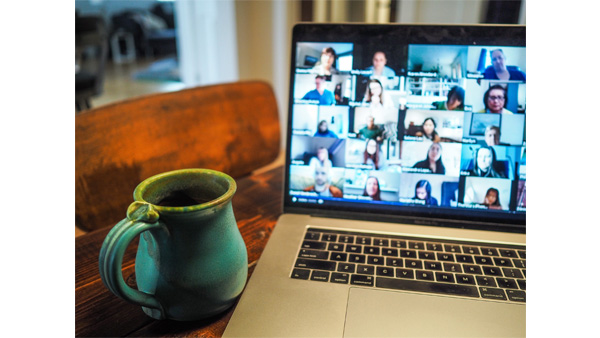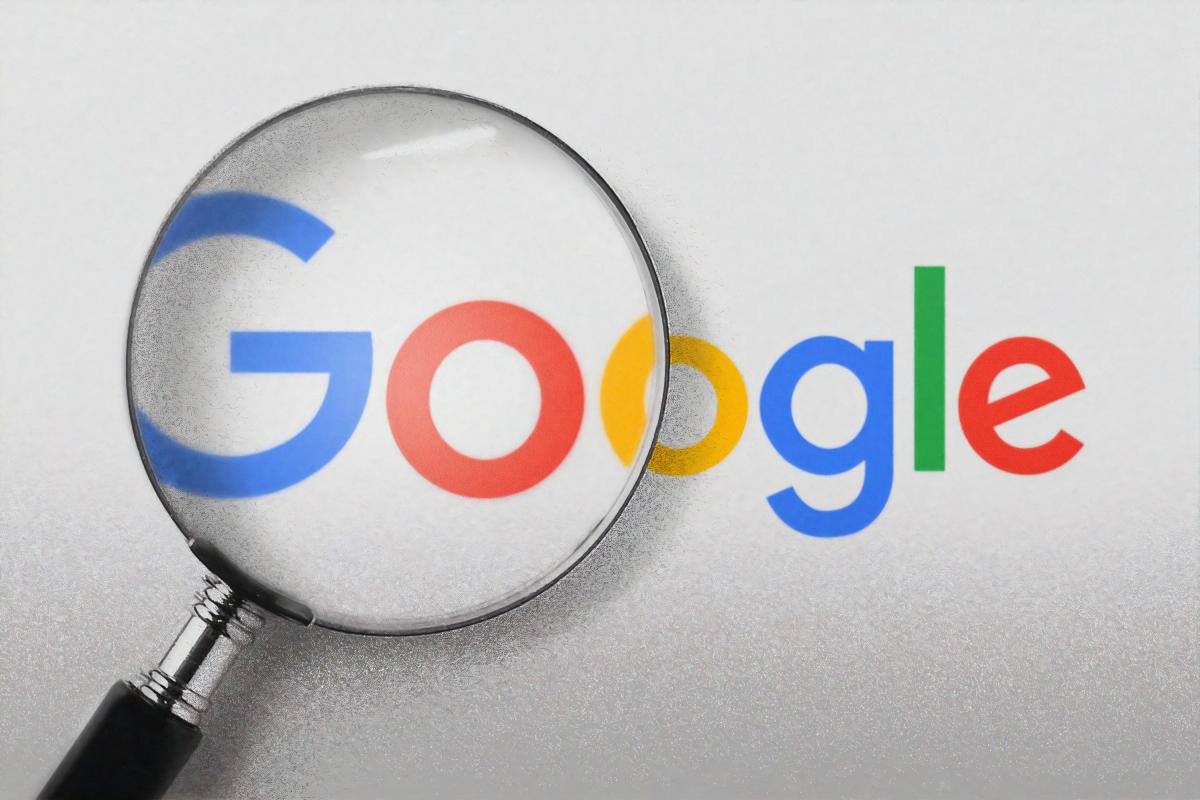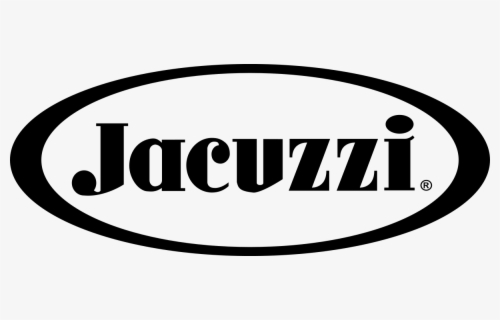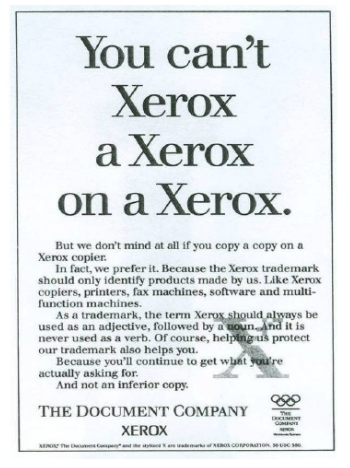Is Zoom Committing Genericide?

Source: Unsplash
Under the impact of the coronavirus pandemic, video meetings have become a significant substitute for personal meetings in business life. Have you got “Zoom Fatigue” in the quarantine time, feeling worn out? Oops… the trademark owner of “Zoom” will not be happy about how I used “Zoom”.
If more people keep naming video meetings as “Zoom”, it will go genericide one day. Going genericide means that a trademark falls into the public domain, and anyone can use it.
Zoom is one of the most famous software for online meetings, which leaves similar software such as Skype and Teams far behind. Zoom is a trademark owned by Zoom Video Communications, Inc. (herein referred to as Zoom Video), an American communications technology company. Zoom Video has filed trademark application through the Madrid System, and have filed single applications in different countries such as China.
Until today (August 24, 2020), Zoom has not successfully registered its “ZOOM” trademark in China yet, however, it is already too successful and start facing the trouble of genericide.
The evidence of Zoom being in endanger of genericide is everywhere. “The constant video calls and Zoom meetings were draining us because they go against our brain’s need for boundaries: here versus not here (New York Times, July 18, 2020).” [i] “These “Zoomers” are mostly working on full pay and are currently being spared the daily commute (The Economist, May 23, 2020).” [ii]
From these examples, it is really hard to tell if “Zoom” is a brand name or it means all kinds of video meetings. A website called http://www.genericides.org/ has summarised a list of such examples of genericide. It aims to share knowledge about genericide. [iii]
According to the website, genericide (also called trademark generalization/trademark erosion) means the process of a trademark that stops identifying the origin of products and starts becoming a general term to describing any products of its kind. Genericide usually happens slowly and quietly.
For example, Dry ice, Escalator, Flip phone and 雪花面粉 (Snowflake flour) etc. No brands are immune to genericide, no matter big or small.
Back in the year 1921 in the U.S., the Bayer Co. v. United Drug Co. case set the standard for determining genericide of a trademark, that if the public think the brand refers to a category or kind of products or services, then the company might lose its brand. [iv]
 | Now, anyone in the US can use Aspirin without worrying about trademark infringement, although Aspirin is still a Bayer trademark in some countries, such as Canada. Luckier than Aspirin, Google was once in the edge of being genericide because there are so many people use it as a verb, such as “I googled it”, but Google successfully kept the mark. The Court confirms that google is not generic for two reasons: first, the “Google” trademark has not become a generic name on relevant goods or services; second, ‘verb use’ does not equal to “generic use”.[v] The Court highlighted that the key question is not how many people use “Google” as a verb, but what they use “Google” to refer to. [vi] |
In other words, if many people use Google as a verb, but not to refer to search engines in general, Google is not a generic mark.
At first glance, genericide of a brand is decided by the relevant public. More people associate it with an action, more chances that a trademark will go genericide. It seems plausible that brand owners are useless in deciding genericide of a trademark. However, there are actually many things companies can do. They can fight back against genericide.
First and the most important, brand owners should have the awareness not to use a mark generically or descriptively as Otis do. In the Otis case, it is so hard to bring the general name “elevator” back to a trademark because even Otis company itself use the word “elevator” to describe moving stairways. [vii]
Sometimes, it is hard for brand owners to see the potential risks when a trademark becomes so popular. Otis’ elevator case certainly sounded the alarm for other famous brands.
 | Moreover, professionals suggest brands owners providing internal guidance for using the mark. For example, Jacuzzi’s counsel hands out booklets to staff for raising the awareness of proper use of their trademarks, and employees can use this booklet as a reference when reporting misuse of a trademark to the company. [viii] After noticing the mark is misused, Jacuzzi will send the user a friendly letter or notice to show them how to use the mark properly. |
Jacuzzi chose not to send a strongly worded letter because many people do not realize that they are misusing the trademark. This helps Jacuzzi to keep their brand as a trademark other than a general word.
| Furthermore, brand owners can take a proactive role in educating consumers on how to use a brand name properly. For example, Xerox survives genericide attack by reminds consumers again and again that Xerox is a brand, not a substitute word for “copy”. Velcro Brand Companies legal team made a hilarious video educating (or ‘begging’) people stop using Velcro to replace hook and loop. [ix] In this video, Velcro’s legal team also tries to raise people’s awareness to use other brands’ proper names such as bandage instead of Band-Aids. |

Screenshot from VELCRO® Brand’s YouTube Channel
The International Trademark Association (INTA) has also provided general guidance for a brand owner to avoid losing trademark rights due to genericide. [x]
Actions include preparing a corrected usage sample of trademarks and be careful to use advertisements that may dilute one’s brand. With strong awareness of proper use, good communication and consumer education, companies can largely avoid the risk of being genericide.
Deciding genericide of a trademark can be really difficult. Is Zoom already became a generic mark? Not really.
Although some people and media use Zoom as a generic word to describe video conferences, it should not be determined as a generic name currently. No dictionary use Zoom to define video chats. Almost no competitors using Zoom to describe video calls.
However, will Zoom become a generic mark in the future? It depends. Maybe it is time for Zoom Video to worry about their trademark’s distinctiveness and start working on a YouTube video or a poster campaign to advertise the difference between Zoom and video conference.
[i] https://www.nytimes.com/2020/07/18/books/review/cyber-horror-virtual-life-uncanny-valley.html
[ii] https://www.economist.com/business/2020/05/23/zoomers-zeros-and-gen-z
[iii] http://www.genericides.org/index.php/
[iv] https://www.nytimes.com/2019/06/24/smarter-living/how-a-brand-name-becomes-generic.html
[v] Ekaratne, S. Che. "US Court ofAppeals Clarifies Standard for Trade Mark Genericide and Affirms That GOOGLETrade Mark Is Not Generic." Journal of Intellectual Property Law &Practice 12.9 (2017): 730-31. Web.
[vi] ibid
[vii] http://courtroomcast.lexisnexis.com/acf_cases/10143-haughton-elevator-company-v-seeberger
[ix] https://www.youtube.com/watch?v=rRi8LptvFZY
Summer Xia (夏文君)
HFG Law&Intellectual Property



